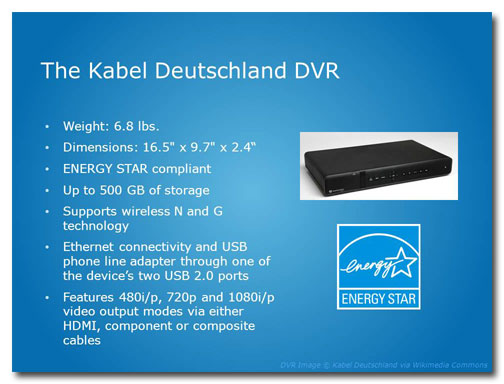Understanding the difference between features and benefits will help you to create presentations that audiences will really respond to.
The difference between features and benefits
Simply stated, “features” are the components that make up a product or service: ingredients, parts, equipment used, technical specifications, etc. “Benefits” are the positive results that come of buying/using/switching to the product or service. Sometimes it can be important to point out features, and they shouldn’t be ignored completely. But if you want to persuade people to take action, you need to highlight benefits.
A great example of how marketers emphasize benefits over features is car advertising. I want you to think of any car ads you’ve ever seen, whether it’s commercials on TV, ads in newspapers or magazines, banner ads, whatever. These ads follow a pattern. Pickup truck commercials often show brawny, tough construction workers who aren’t afraid to get dirty. Luxury car commercials show well-dressed elites driving from one soirée to the next. Performance car commercials show drivers on the Pacific Coast Highway in California. You get the picture, and I’m sure you’ve thought of a few other examples, too.
Some commercials drop a few technical terms about “6-liter engines” and “fuel economy,” but the emphasis is on the lifestyle choice you embrace when you buy a certain kind of vehicle. It’s not about how the vehicle was built, it’s about how cool you’re going to look, how fast you’ll go, how many kids and soccer balls you’ll be able to safely transport, and/or how many chicks you’ll get driving a certain kind of vehicle.
Focusing on features with the Engineering Mindset
My clients are primarily in the high-tech field, so I see a lot of PowerPoint decks created by engineers. Now, I love engineers; in fact, I married one. But the last thing you want to do is to allow a typical engineer to create his or her own PowerPoint presentation. Why? Because they get too bogged down in the details—the features of the technology they’re presenting. This is the Engineering Mindset: Present all of the data and people will analyze your slides and come to the correct conclusions.
Guess what? It doesn’t work.
People with the Engineering Mindset tend not to address how what they’re talking about is going to somehow change life for the better—the benefits. Their slides are overly complicated and focus on the wrong things—features. (For more on complicated slides, read “Why simple PowerPoint presentations are best.”)
If car advertisers had the Engineering Mindset, car commercials would focus on the internal combustion process, how much the vehicles weigh, or even how the manufacturer is able to “keep up with international demand using Kaizen principles, JIT and lean manufacturing, and a culture of management by walking around.” Who cares? (I almost put myself to sleep just writing that bunk.)
Before: Slide about features
Here’s an example of an “engineer-y” slide that focuses too much on features:
DVR Image © Kabel Deutschland via Wikimedia Commons
Is the slide correct and accurate? You bet! Does it make me want to run out and buy a DVR? No way! The features of a DVR don’t matter to me and to millions of other people. What matters is how these features make our lives better/easier/cooler, etc.
This features-heavy slide relies too much on the audience’s ability to understand what these features are and how they can improve the television viewing experience.
After: Focusing on benefits
Here’s how these slides could be redesigned to emphasize the features of this DVR.
How do these benefits come about? That’s not important. What is important is that this DVR can provide these great benefits that make TV viewing a more personalized, customizable experience.
What’s in it for me?
When you’re selling a product or service, asking people to challenge the status quo, or raising awareness on a subject, you are asking people to change. Change can be difficult, so your job as a presenter is to show people the benefits of making that change, not the features of the change you want them to make. Remember that old Marketing 101 question, “What’s in it for me?” This is what people ask themselves every time they’re exposed to a marketing message or a presentation whose purpose is to get them to take action.
Answer that question by clearly stating the benefits, and you’re on your way to presentation success!

